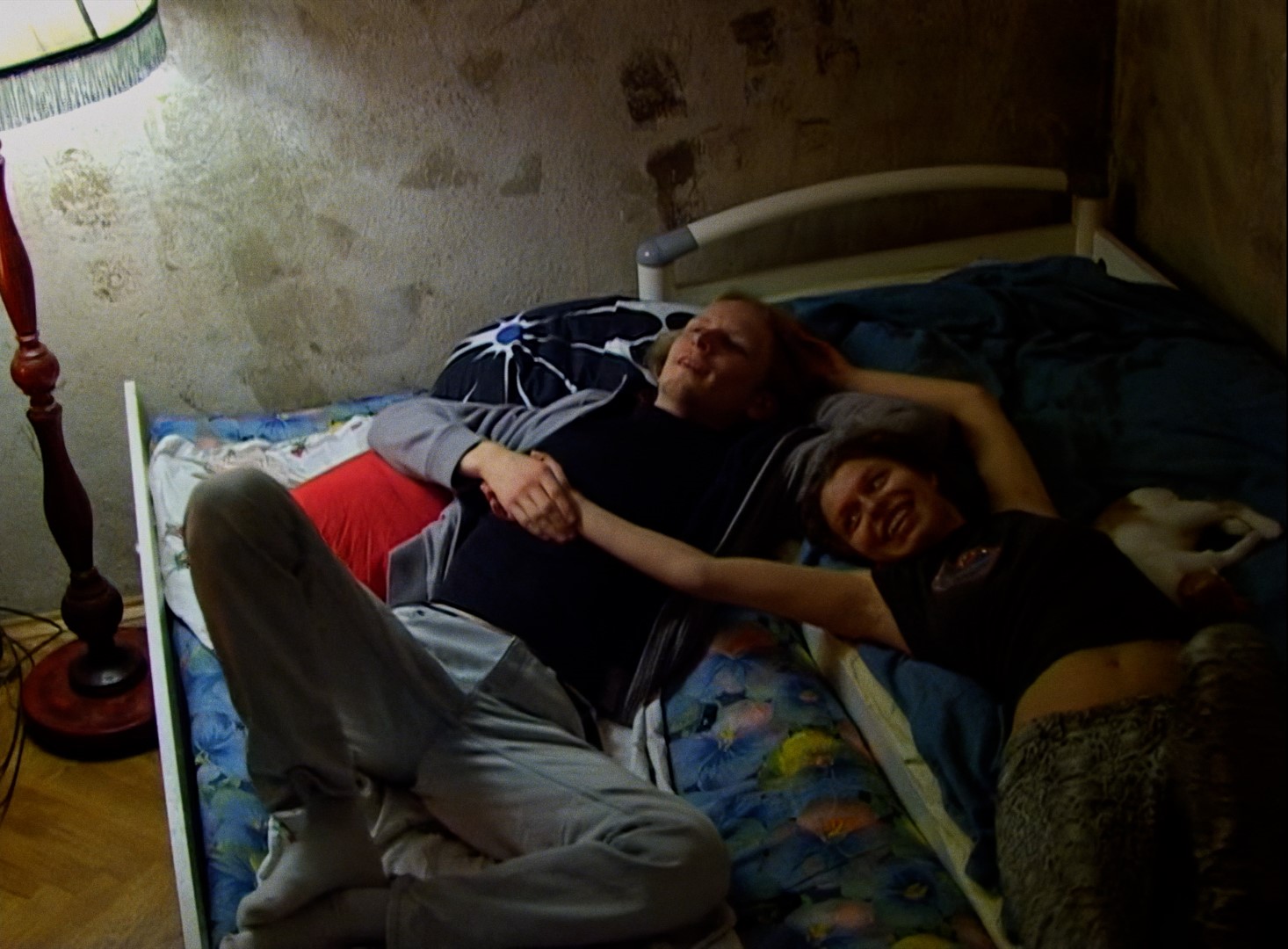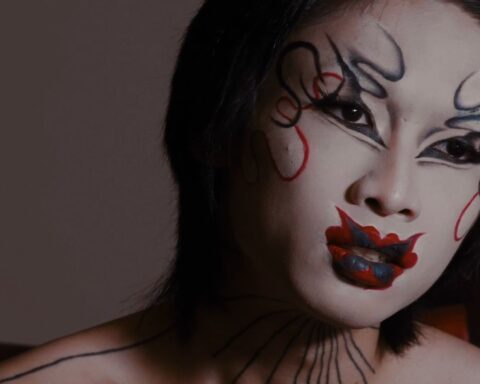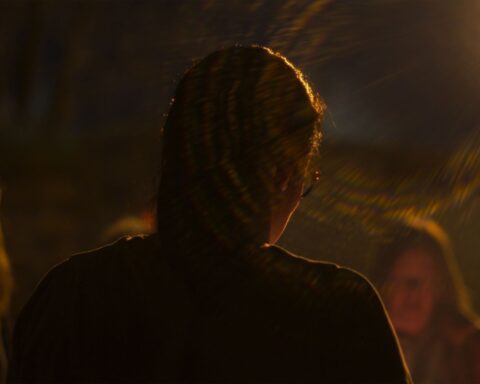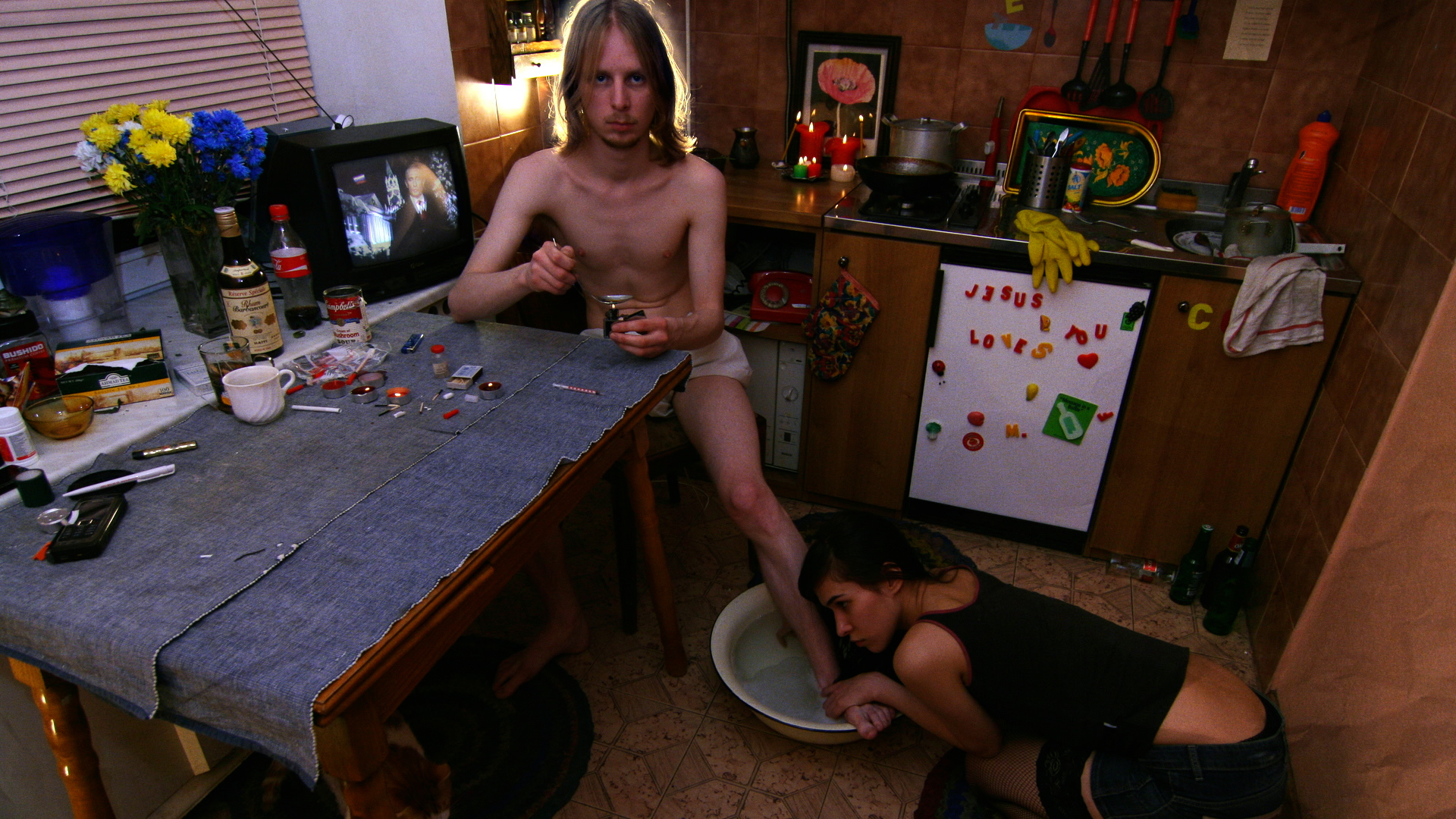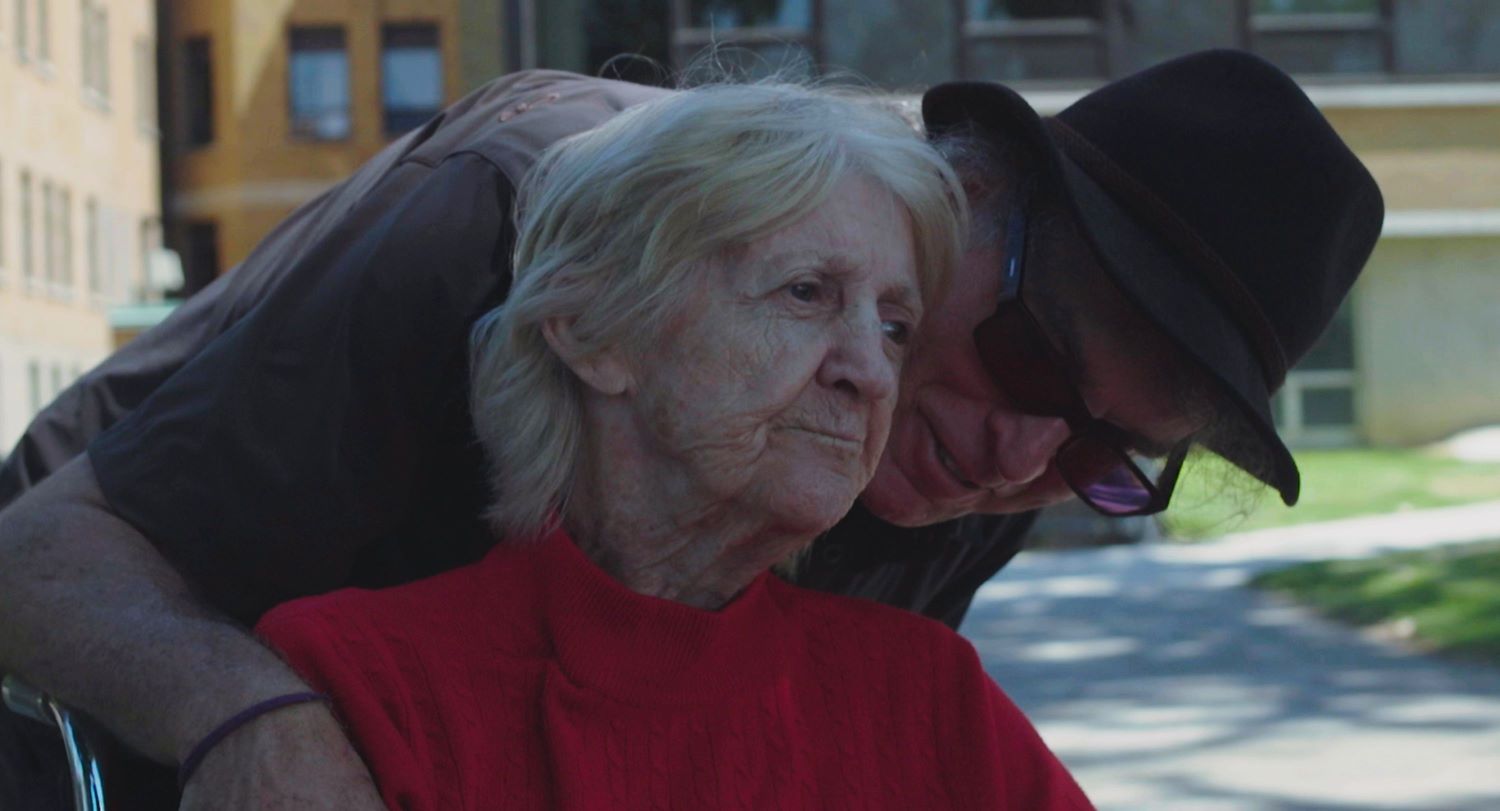How to Save a Dead Friend
(Sweden/Norway/France/Germany, 103 min.)
Dir. Marusya Syroechkovskaya
WARNING: How to Save a Dead Friend and the following review discuss suicide and self-harm.
In the opening moments of How to Save a Dead Friend, director Marusya Syroechkovskaya declares that her 16th year will be her last. A teenager with a love for filmmaking, Syroechkovskaya begins to document her final year in 2005 by articulating not only her perspective, but also that of her Russian peers. She describes her home country as “Depression Federation” in reference to her generation’s attitude towards the government and the society built around that regime. However, as the title of the film and her narration suggests, Syroechkovskaya doesn’t leave this world before her 17th birthday. Instead, we see Syroechkovskaya meet and fall in love with Kimi Morev, a boy she likens to Kurt Cobain and one who shares her penchant for drugs, music, and self-destruction.
Over the next few years, Syroechkovskaya logs their relationship through home videos, from their courtship to marriage to divorce. The film carries on beyond their romance, though, and explores the friendship that was always at the heart of their relationship. It also uncovers the troubling drug culture many of Russia’s youth fall into with glimpses of the couple shooting up heroin and freely discussing their addiction as an inevitable consequence of their government’s policies. While Syroechkovskaya eventually finds her limit, Morev, unfortunately, continues on a downward spiral despite her best efforts to help him.
How to Save a Dead Friend shines a light on a part of Russian culture of which many viewers outside of the country may be unaware. It also challenges preconceived notions viewers may have in terms of who they believe may fall into situations like the one in which Syroechkovskaya and Morev find themselves. Syroechkovskaya comes from a wealthy family and Morev is staunchly middle class. Both appear to have friends and family members who care for them. Morev’s family in particular is shown often in the film, with his single mother (his father passed away when he was a child) guiding him and his brother to a better life. Neither Morev nor Syroechkovskaya fit the stereotypical profile one might easily associate with troubled youth. Mixed with the matter-of-fact tone with which they discuss suicide, Syroechkovskaya exposes us to their dreary reality.
Although Syroechkovskaya mentions early in her narration that she is an inspiring filmmaker, one gets the impression that she didn’t begin filming with the intention of making a documentary. During the director’s Q&A session at Montreal’s Festival du Nouveau Cinéma, Syroechkovskaya, now 33-years old, explained that she attended film school in the middle of How to Save a Dead Friend’s 12-year filming period. This revelation explains the shift in her film that occurs when the footage transitions from images that seem to result simply from friends having fun with a camera to shots with intention and purpose (improved by a vastly superior camera, no less). There’s even a brief animated sequence that Syroechkovskaya seemed to have made on Windows Movie Maker, which clearly belongs to a younger director with less experience behind the camera and beyond.
For as much as How to Save a Dead Friend is about the desperation of a generation via someone near and dear to Syroechkovskaya, it’s also a film that shows the maturation of a director. The final minutes of the film settle on a truly haunting shot of the imposing apartment buildings that are present throughout the film. Through Syroechkovskaya’s direction, the buildings appear to float in the night sky reflecting the many young souls lost to circumstances beyond their control.
On its surface, How to Save a Dead Friend appears straightforward, but stepping back, it’s a tapestry of many things beautiful and tragic. It’s an informative film for those of us previously unaware of a suicide epidemic that plagues Russian young people and continues to show its scars well into adulthood. It’s a coming-of-age story about a young girl who emerges from her darkest moments and feeds her passion into a career. It’s a love story about two lost individuals who found their soulmate and saved one another in the process as best as they could. But most of all, it’s a film that honours the voice of a lost generation and hopes to save the next.
How to Save a Dead Friend opens Toronto’s Rendezvous with Madness Festival on Oct. 27.




